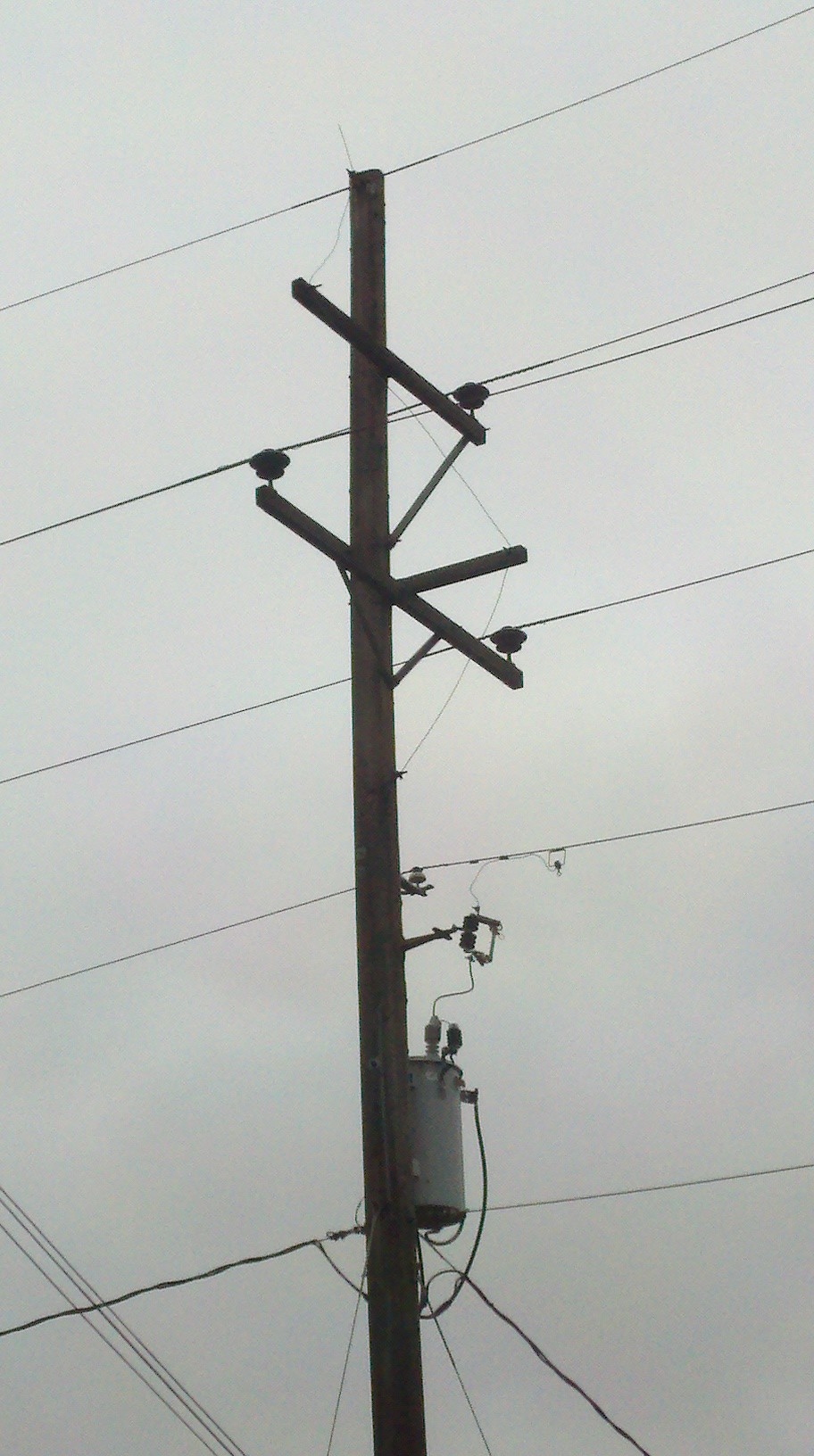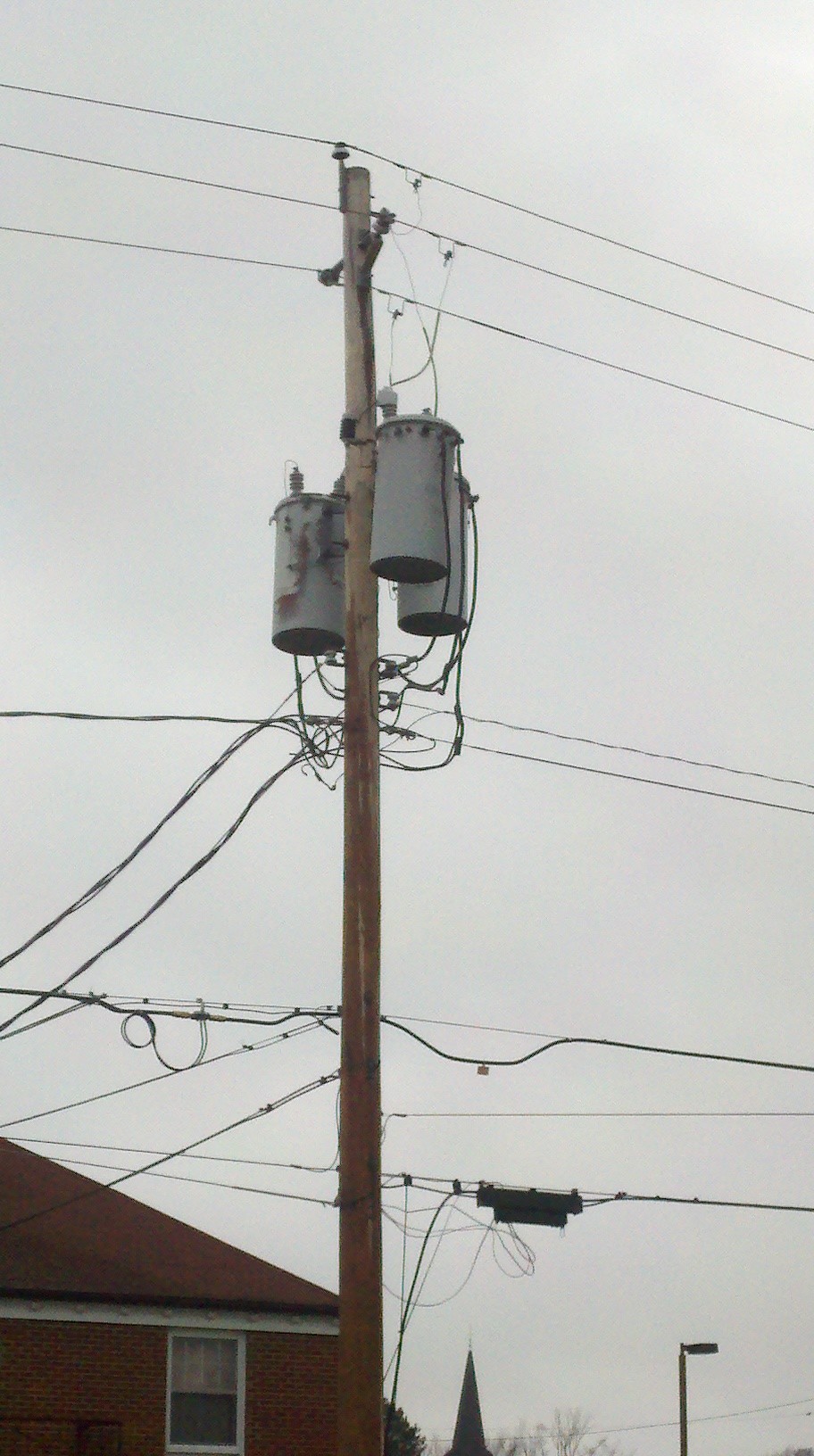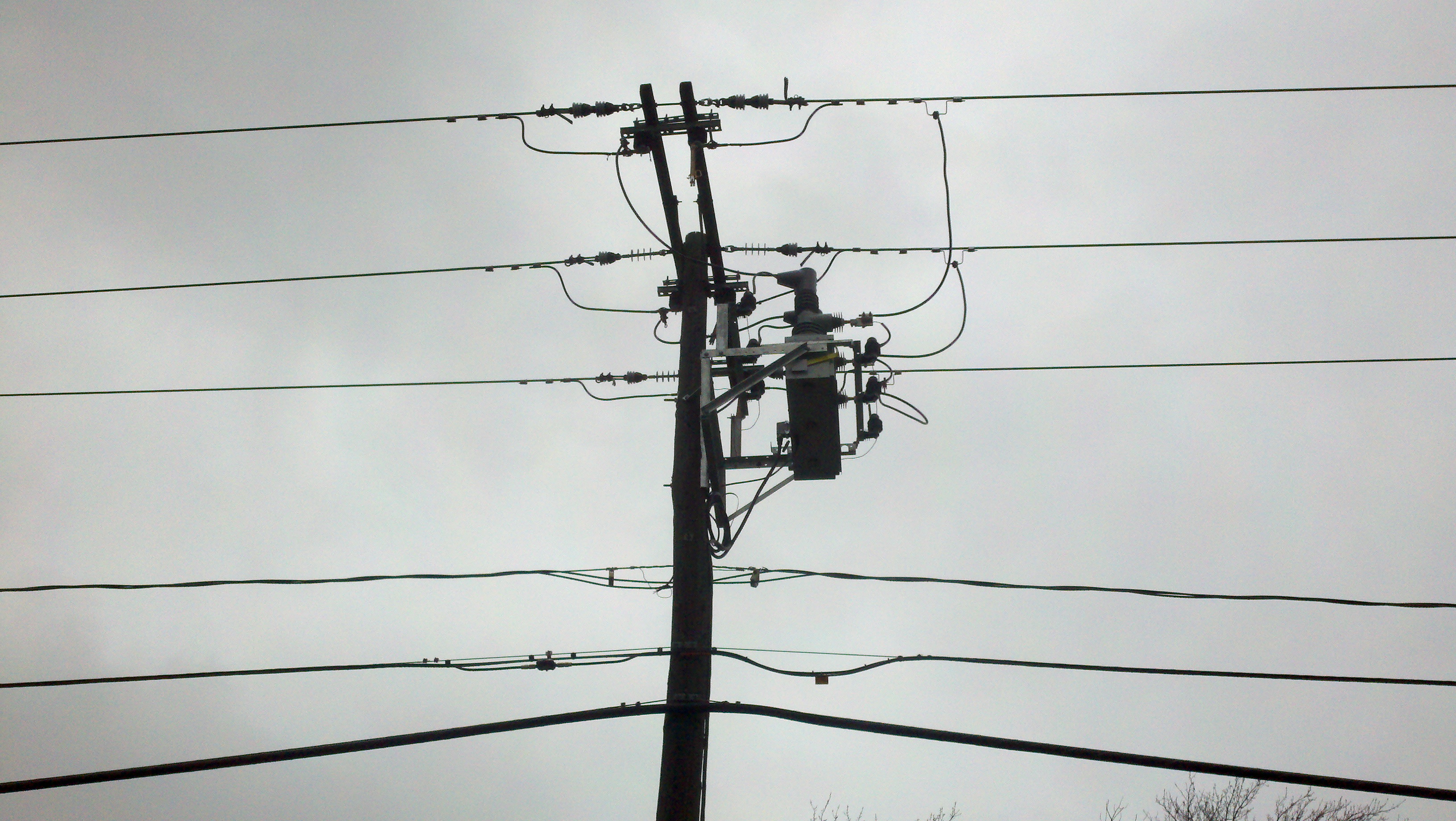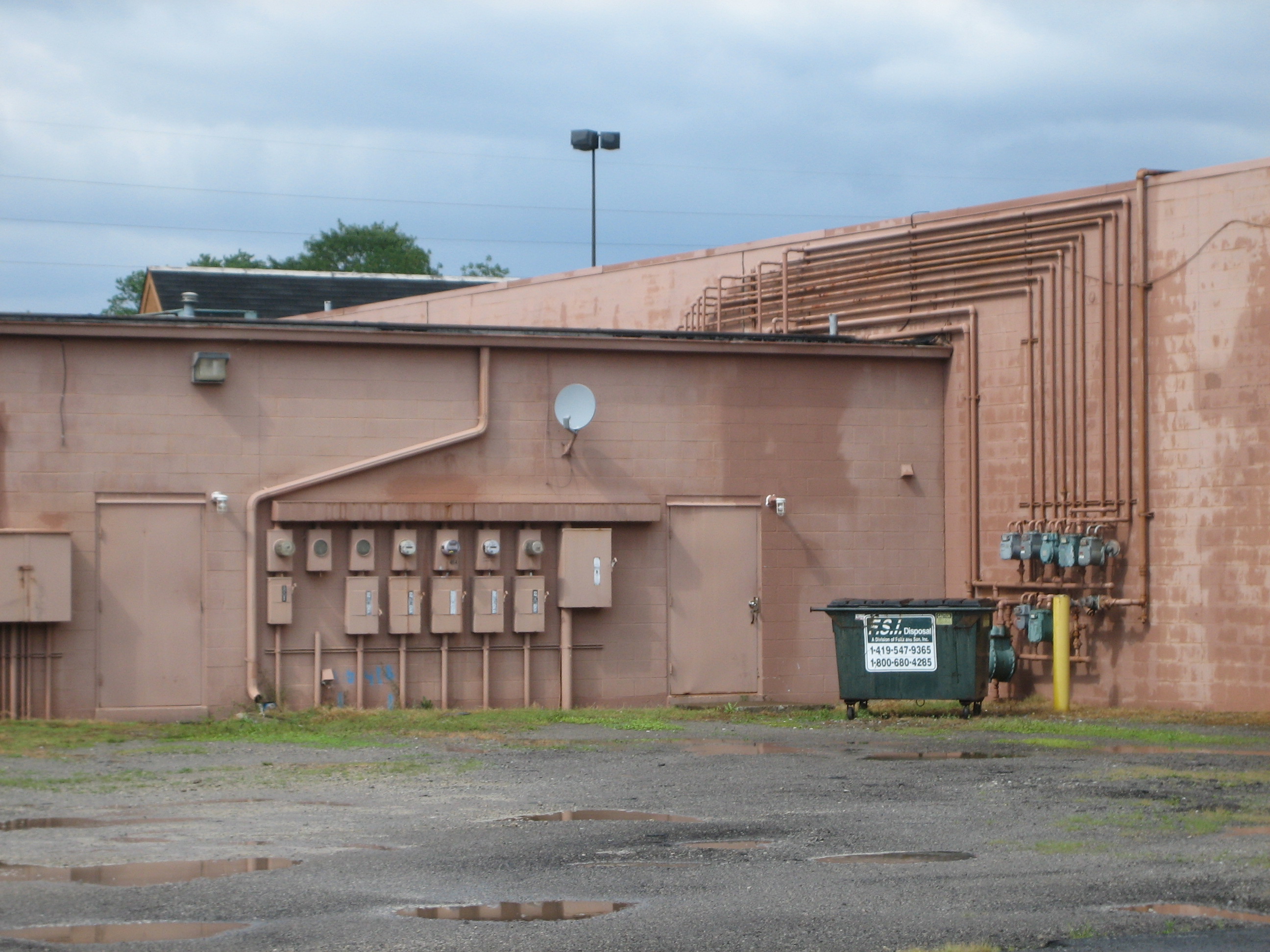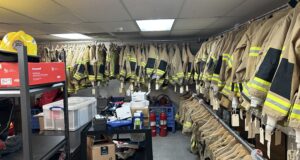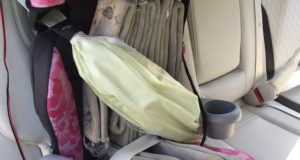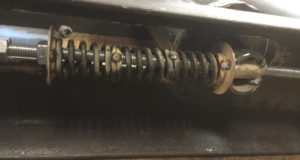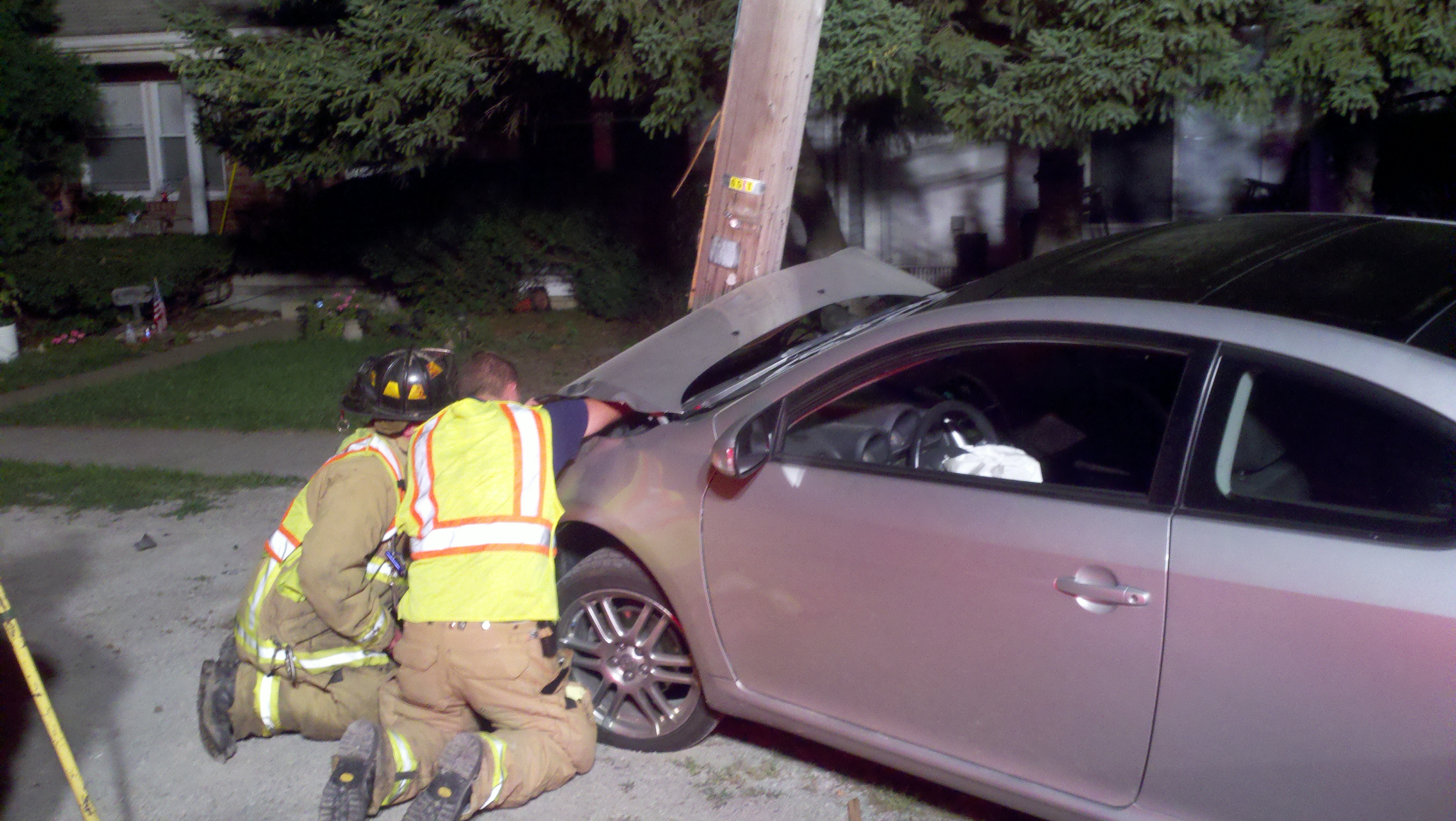 We had the opportunity to gain some valuable knowledge from our local electric utility company at a recent training. They provided answers to questions with professional and expert recommendations. First, I’ll review some terminology through pictures. Second, I’ll list a series of questions that were asked of the utility company personnel and their answers. Lastly, I’ll review several fireground tasks that are controversial or potentially dangerous. At no point during this post am I giving you fail proof advice and you should always err on the side of caution when dealing with electrical emergencies. Seek expert consultation from your local utility company when in doubt.
We had the opportunity to gain some valuable knowledge from our local electric utility company at a recent training. They provided answers to questions with professional and expert recommendations. First, I’ll review some terminology through pictures. Second, I’ll list a series of questions that were asked of the utility company personnel and their answers. Lastly, I’ll review several fireground tasks that are controversial or potentially dangerous. At no point during this post am I giving you fail proof advice and you should always err on the side of caution when dealing with electrical emergencies. Seek expert consultation from your local utility company when in doubt.
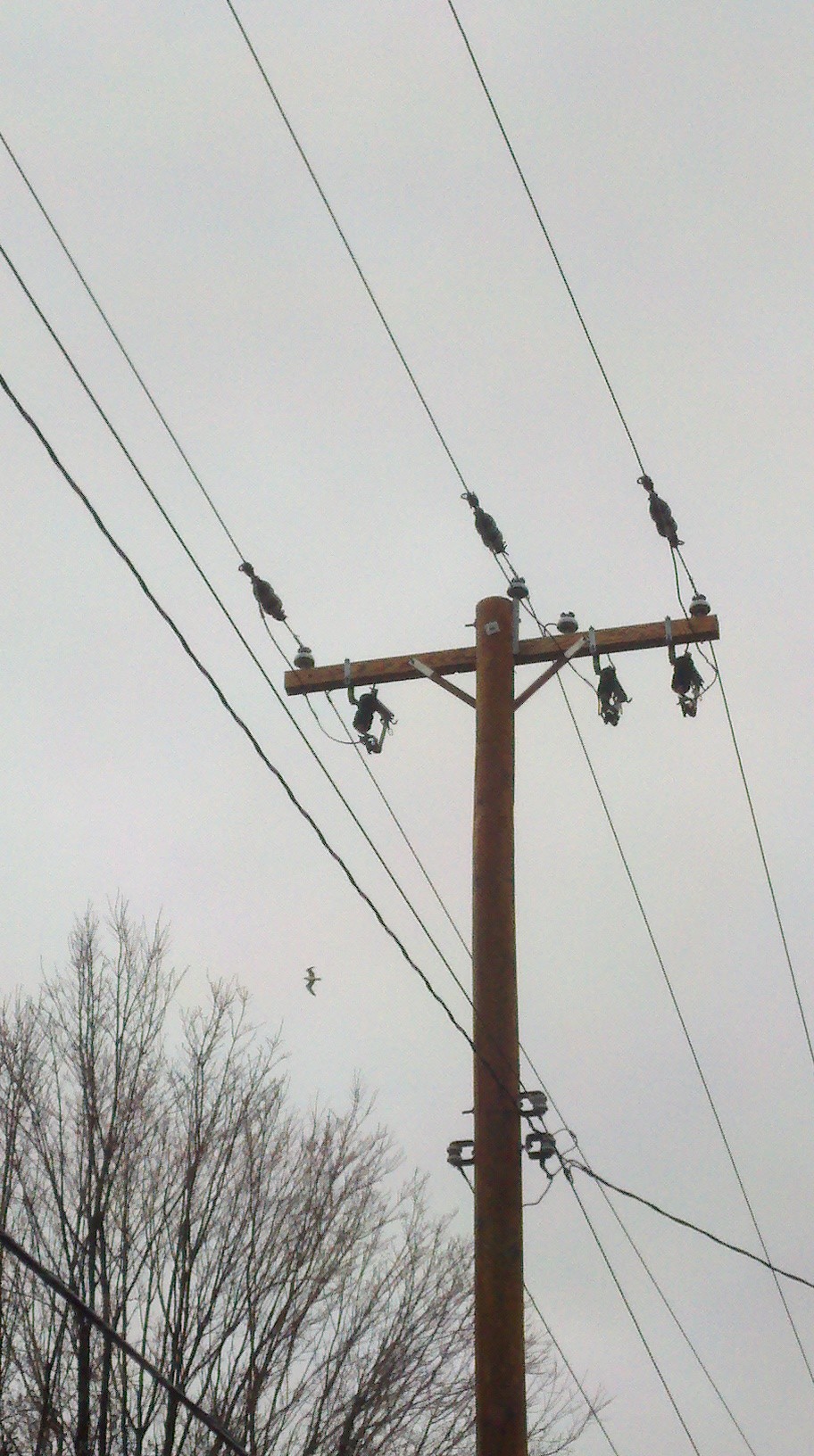
Notice the 3 primary fuses, aka, cutouts. These may be a clue to the utility company as to where the problem is.
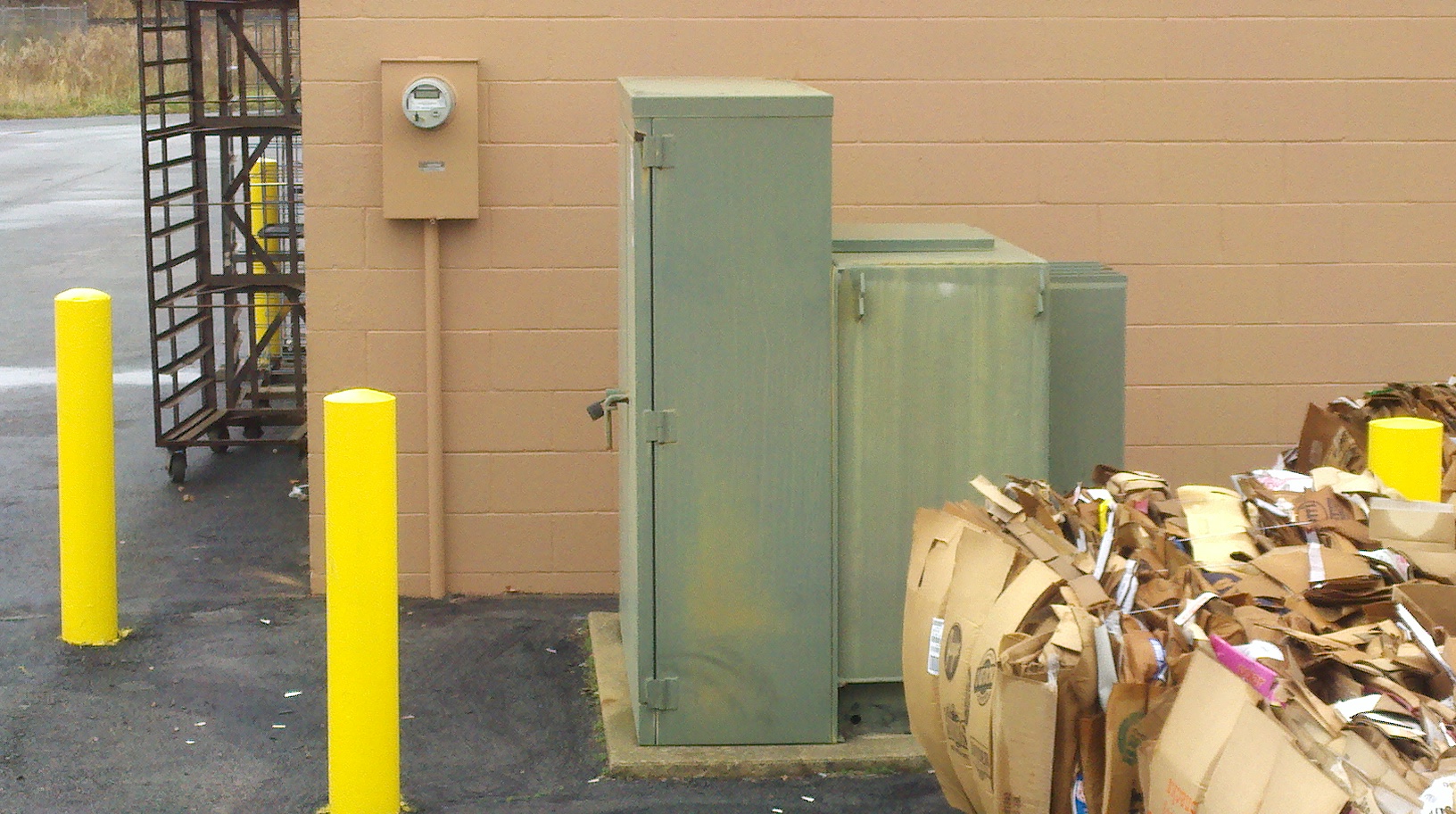
Box transformer near an electric meter. By pulling this meter, you will likely not shut the power off to the building.
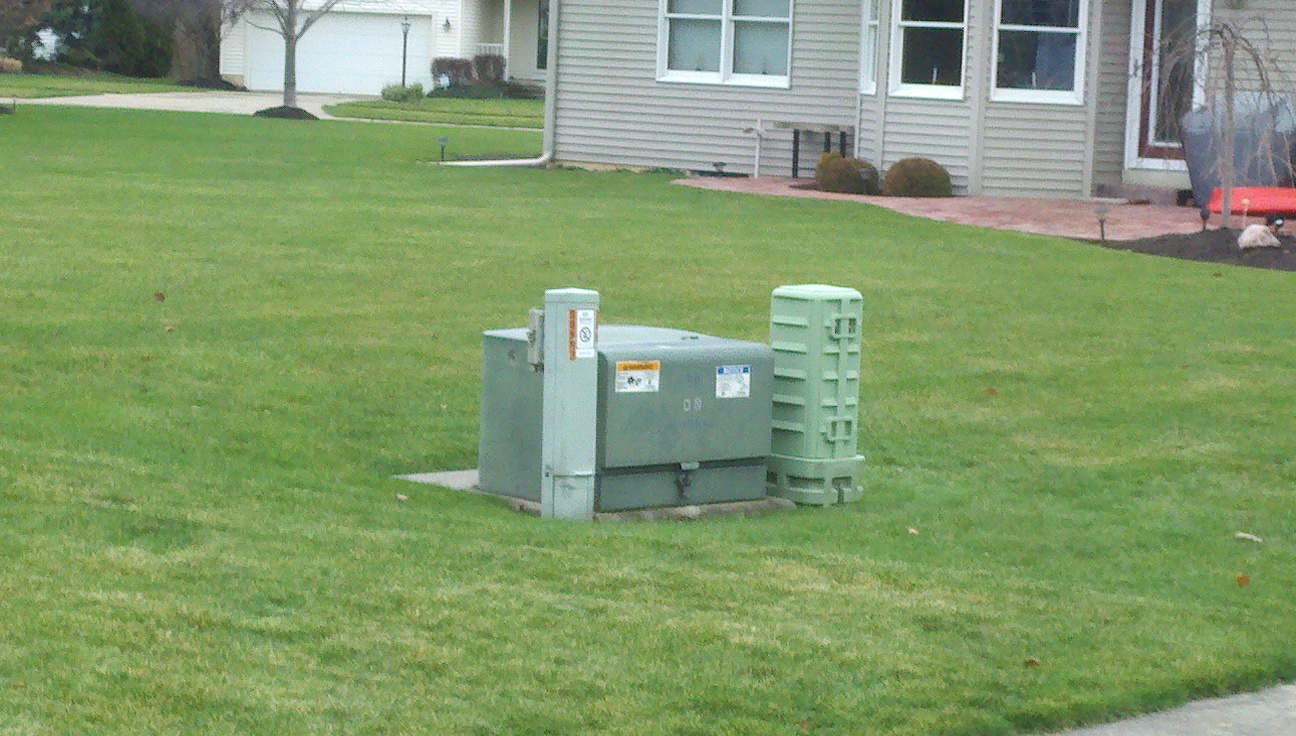
Padmount Transformer. If oil is noticed around the box or it is torqued from alignment on the pad - secure the area and contact the utility company.
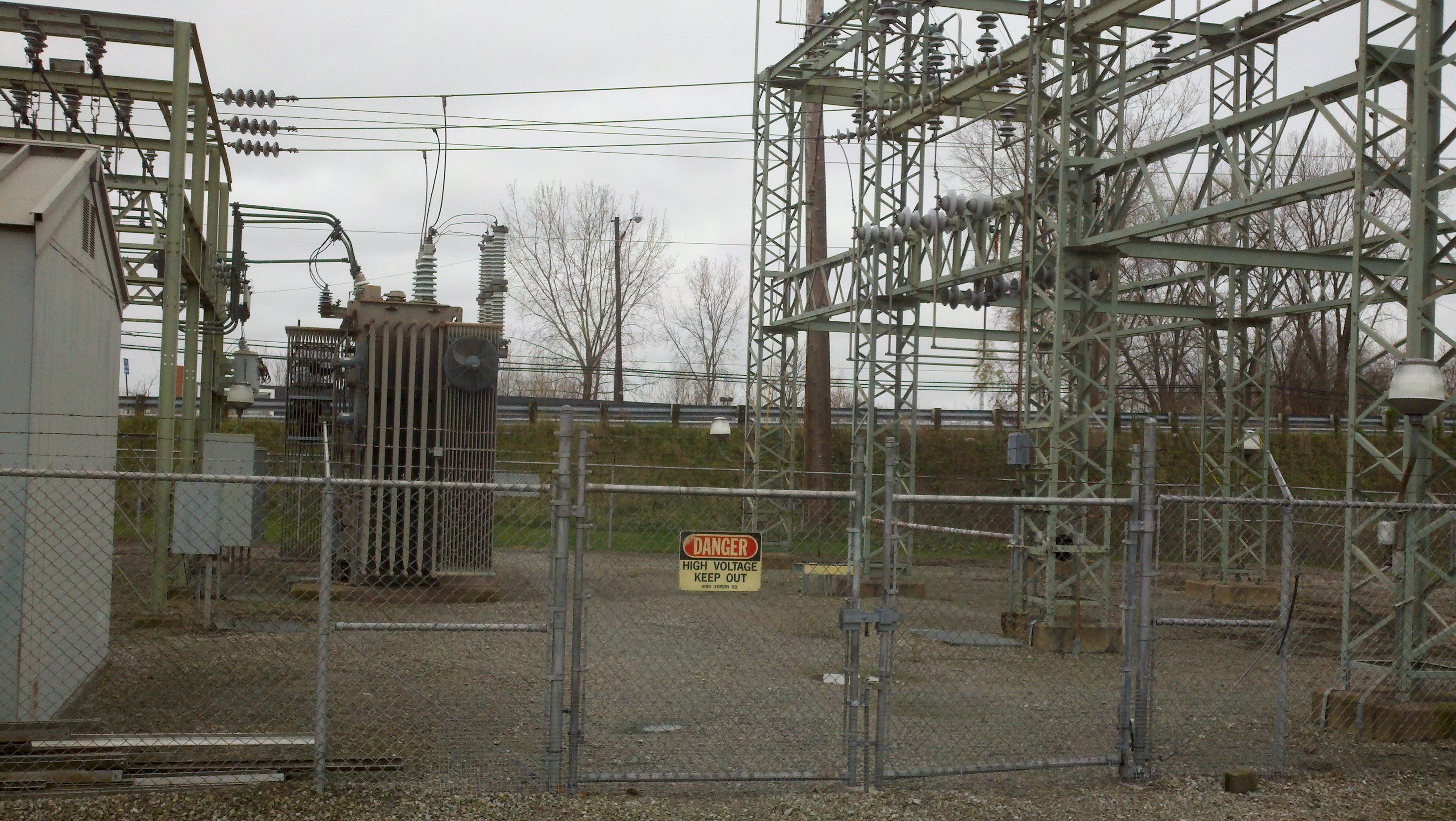
Substation. DO NOT ENTER! If fire or smoke is present the equipment is ruined - secure the area and contact the utility company.
Q&A With The Electric Experts
- If I come into contact with service wires coming from the pole to the house while performing vertical ventilation, will I become electrocuted? Yes, you are at a different electrical potential than the roof you are standing on.
- If we arrive on scene for reported wires arching with nothing found, is it necessary to remain on scene until the utility company arrives? No, report all known location information you have gathered from witnesses and relay it to utility company troubleshooters via dispatch.
- If wires are still arching what needs to be done? Contact the utility company, relay any pertinent location and event details to the utility company via dispatch, and secure the area.
- If a transformer is on fire or smoking what needs to be done? Contact the utility company, relay location information and event details to the utility company via dispatch, and secure the area.
- How big of an area needs to be secured from by-standers due to arching wires, a transformer fire, or wires down? Secure an area at least one pole span in all directions from the hazard.
- If we have an injured person trapped in a vehicle with wires across the car, what needs to be relayed to your dispatcher to expedite emergency response from the utility company? In this situation, it is imperative to relay to utility company dispatchers that a life and limb emergency exists, incident location, and event details.
- What is the minimum distance to maintain around downed wires? A minimum of 10 feet from any downed wire until the utility company has cut the power. Even downed cable or phone wires can be electrified if in contact with electrical lines.
- What distance from electrical wires should aerial ladders maintain? 10 feet.
Downed Power Lines
You arrive on scene of a car wreck and find a car rolled over into a yard and wires down on the roadway. The car in this scenario is in a safe place to operate. The downed wires are 50 feet away from the car. They are not arching or dancing and appear de-energized. Maintain a minimum 10′ distance from the wires until the electric utility company confirms the wires are dead. Here’s why: a electric utility company dispatcher sitting in front of a computer sceen will see the interruption in voltage and may attempt to reset or re-route service. Also, capacitors in the area will discharge electricity attempting to make up for the interruption in current. Both of these possibilities could drop you. Until the utility company arrives on scene to confirm the wires are dead, treat them as live wires, including assumed cable and phone wires.
Pulling Meters
 Your at the scene of a working house fire, the electric utility company is called and gives you an hour ETA. You make a quick knockdown on the fire and want the electric cut prior to searching for extension in the walls, floors, and ceilings. Do you pull the meter or not? The electric utility company says – NO. Here’s why: the meter could explode causing injury or fatality and pulling the meter may not kill the power to the structure if electricity is routed prior to the meter.
Your at the scene of a working house fire, the electric utility company is called and gives you an hour ETA. You make a quick knockdown on the fire and want the electric cut prior to searching for extension in the walls, floors, and ceilings. Do you pull the meter or not? The electric utility company says – NO. Here’s why: the meter could explode causing injury or fatality and pulling the meter may not kill the power to the structure if electricity is routed prior to the meter.
I know some of you are thinking we have been pulling meters for years without any problem. Me included. The utility personnel made a point that all it takes is one meter explosion to change someone’s life drastically. We gave the above working fire scenario and asked their opinion on what to do. Here’s what they said; after your fire knockdown, search, ventilation, etc. – locate the breaker box to shut the power off. 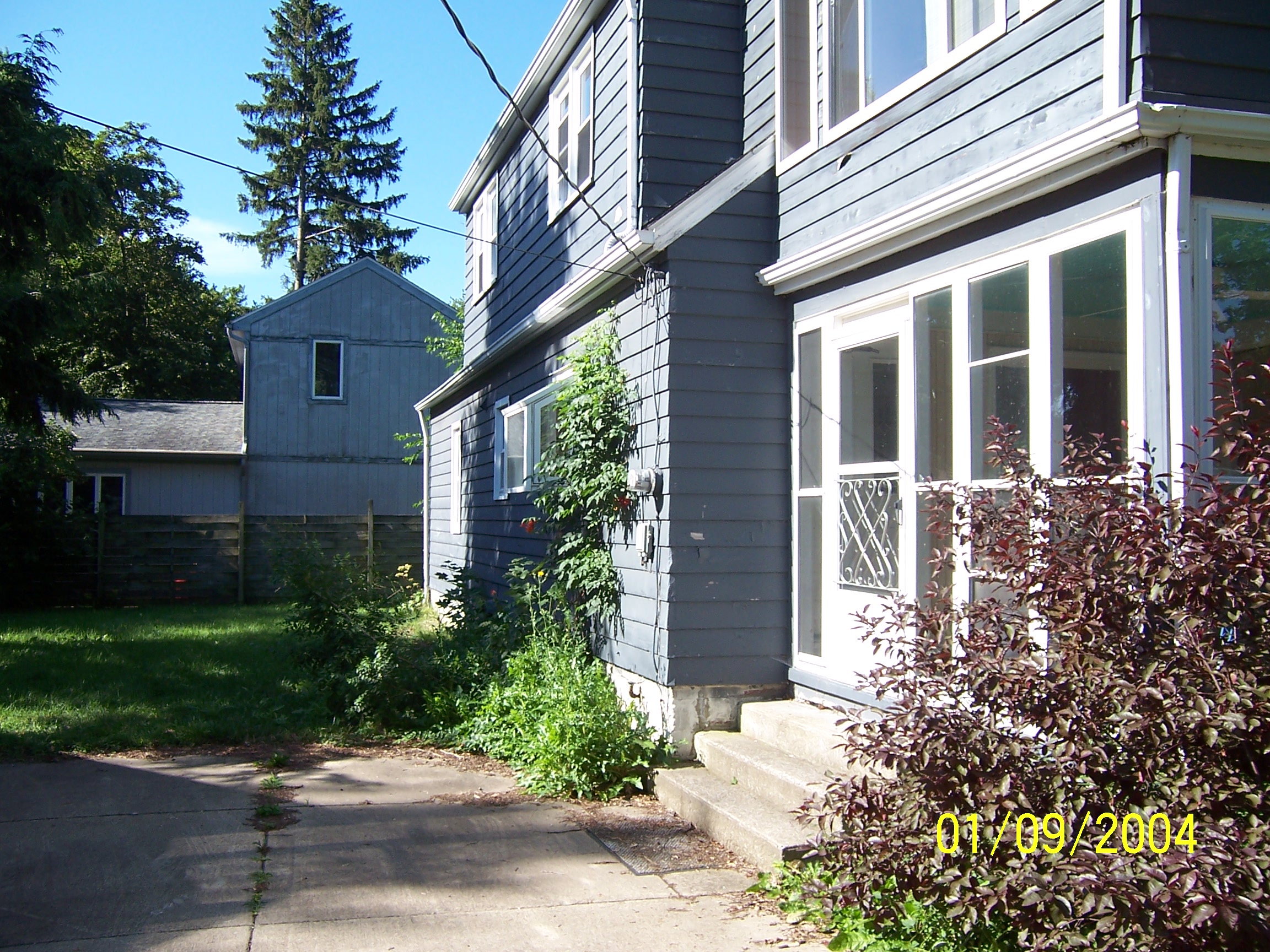 Our utility troublshooters may or may not pull the meter when they arrive. They have years of training and will recognize gas in the meter or excessive current draw, which will likely make them cut the power at the masthead or street pole. *As a side note, Fire Investigator Pat Johnson told me that after locating the breaker box, shut the main off. This will leave the individual breakers in the position at the time of the fire for investigation purposes.
Our utility troublshooters may or may not pull the meter when they arrive. They have years of training and will recognize gas in the meter or excessive current draw, which will likely make them cut the power at the masthead or street pole. *As a side note, Fire Investigator Pat Johnson told me that after locating the breaker box, shut the main off. This will leave the individual breakers in the position at the time of the fire for investigation purposes.
Discus the above scenarios with your crew and get your local electric utility companies advice. If anything, make your procedures safe and realistic to fireground operations while using a cautious approach to cutting the juice. Be safe.
Pass it on!
 First Due Tackle Pass It On – Firefighter, Rescue & Extrication Training
First Due Tackle Pass It On – Firefighter, Rescue & Extrication Training
